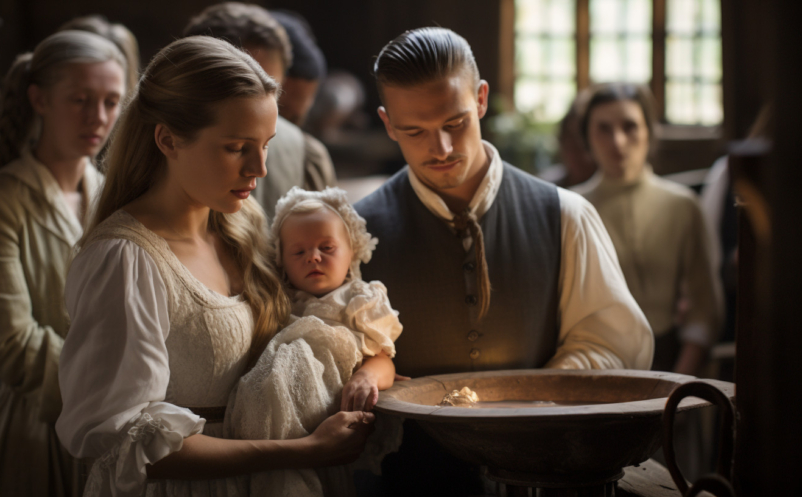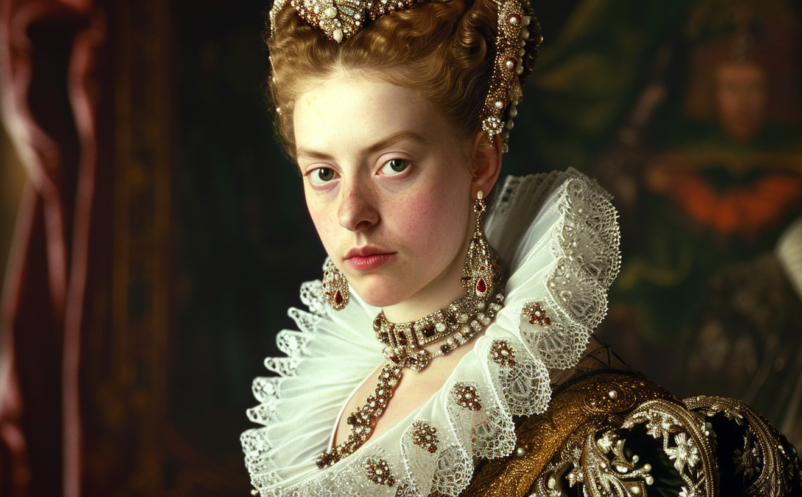A famous tale about giants is one about the building of Lund’s Cathedral. It was first written down in 1654 by Jens Lauritzen Wolf, but before that it had been told from generation to generation.…


A famous tale about giants is one about the building of Lund’s Cathedral. It was first written down in 1654 by Jens Lauritzen Wolf, but before that it had been told from generation to generation.…

Giants as a mythological creature exists all around the world. Here we’ll explore two types of giants – the ones in Norse mythology and the ones in Scandinavian Folklore. They differ rather drastically from each…

Scandinavian folktales are full of fascinating mythological and supernatural creatures. Some of the most common ones are giants, trolls, gnomes (”tomte”) and fairies, but also specific beings such as the Neck or Nix (”Näcken”) and…

This is based on a case-study of Älvdalen, where two sets of Witch Trials took place in 1668, and of how the society moved past the terrifying events and found reconciliation. Read part 1 here.…

How did the affected people and their societies deal with the aftermath of the witch trials? In the Nordic countries, circa 5000 people were accused of witchcraft, and around 1700 were executed (for Europe as…

When Swedish king Johan III died, on November 17, 1592, his and Katarina Jagellonica’s son Sigismund became king of Sweden. He was already king of Poland, as nephew to the former queen Anna. He was…

In my previous posts about the witch trials, we have been able to read how they played out in the Nordic countries. But how did the hysteria finally end? First, we must remember that even…

At the time of the witch hunt, Finland was a part of Sweden, and the hysteria spread there too. Just as in Iceland, witchcraft was mostly considered a male activity in Finland, and so most…

After queen Katarina Jagellonica’s death in 1583, king Johan III was 45 years old and wanted to remarry. He found his new bride among the Swedish nobility – 16-year-old Gunilla Bielke. Gunilla’s father was councillor…

In a previous post I wrote about the Danish presence in England, that began with the raid on Lindsifarne in 793. After establishing a kingdom around York/Jorvik, the English eventually drove out the Vikings from…